Results
-
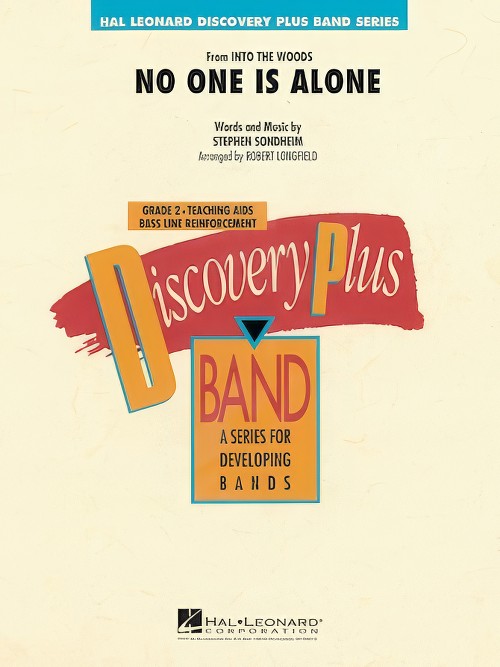 £47.50
£47.50No One is Alone (from Into the Woods) (Concert Band - Score and Parts) - Sondheim, Stephen - Longfield, Robert
From Stephen Sondheim's classic musical (and recent hit movie) this memorable ballad features a powerful message and beautiful melody. Nicely arranged here for young players with variety in scoring and modest technical demands.
Estimated dispatch 7-14 working days
-
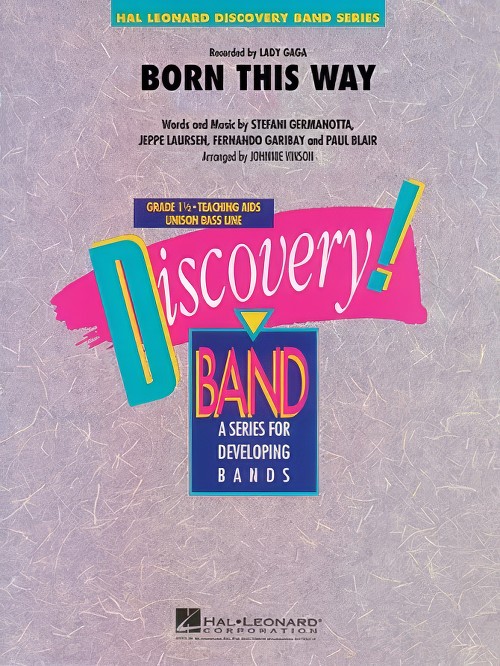 £42.50
£42.50Born This Way (Concert Band - Score and Parts) - Vinson, Johnnie
Recorded by Lady Gaga, here is her recent huge hit in a solid arrangement for beginning players.
Estimated dispatch 7-14 working days
-
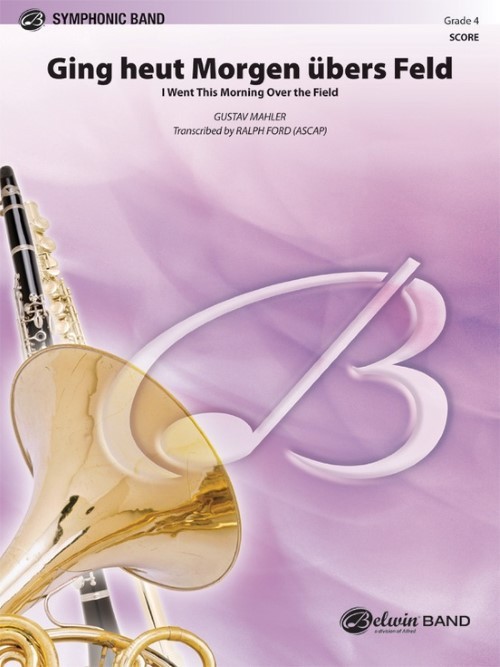 £66.95
£66.95Ging heut Morgen ubers Feld (I Went This Morning Over the Field) (Concert Band - Score and Parts) - Mahler, Gustav - Ford, Ralph
The second movement of Mahler's "Songs of the Wayfarer" was originally scored for voice and piano. The second and most-musical movement, has been set for symphonic band without a vocal soloist, however, the part is included and may also be performed with the soloist. A cherished addition to the literature transcribed for the first time! Duration: 4.30
Estimated dispatch 7-14 working days
-
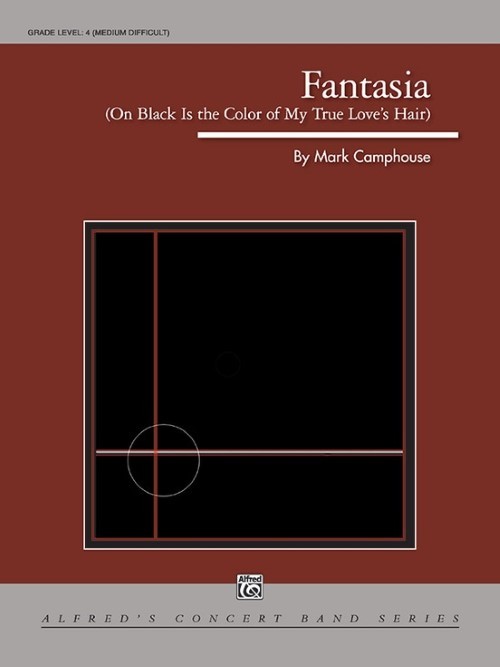 £98.50
£98.50Fantasia (on Black Is the Color of My True Love's Hair) (Concert Band - Score and Parts - Camphouse, Mark
Mark Camphouse weaves beautifully musical strains of the classic folk song in his Fantasia for concert band. This intimate and lyrical setting will challenge and inspire your band while exploring and celebrating our rich folk song heritage.Duration: 8:30
Estimated dispatch 7-14 working days
-
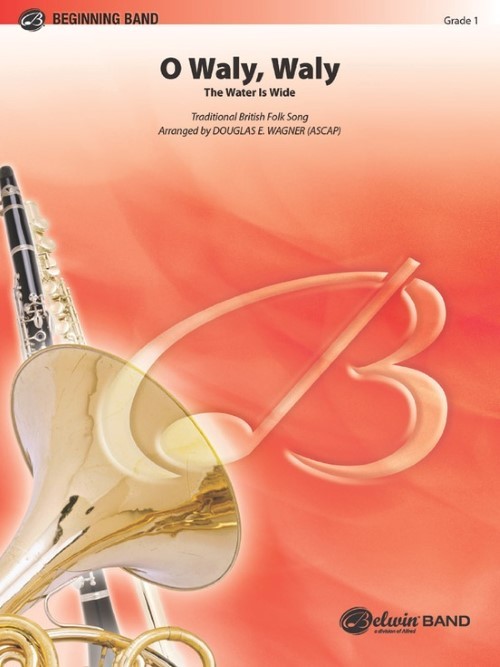 £50.50
£50.50O Waly, Waly (The Water Is Wide) (Concert Band - Score and Parts) - Wagner, Douglas E.
With sustained beauty, this traditional British folk song will fulfill the musical needs of your ensemble. It's a wonderful addition to the beginning literature that will reinforce both good breathing and support techniques while also providing a moving work for your programming needs. Duration: 2.15
Estimated dispatch 7-14 working days
-
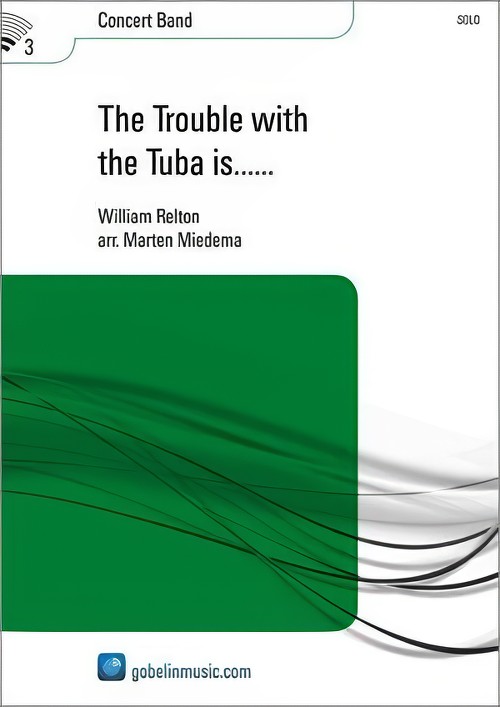 £102.99
£102.99The Trouble with the Tuba is... (Bass feature with Concert Band - Score and Parts) - Relton, William - Miedema, Marten
Go crazy with this amusing work for tuba (Eb Bass, Bb Bass ad lib) and band. Lyricism, humor and virtuosity packaged in a playful composition, arranged for band by Marten Miedema.Duration: 3:30
Estimated dispatch 7-14 working days
-
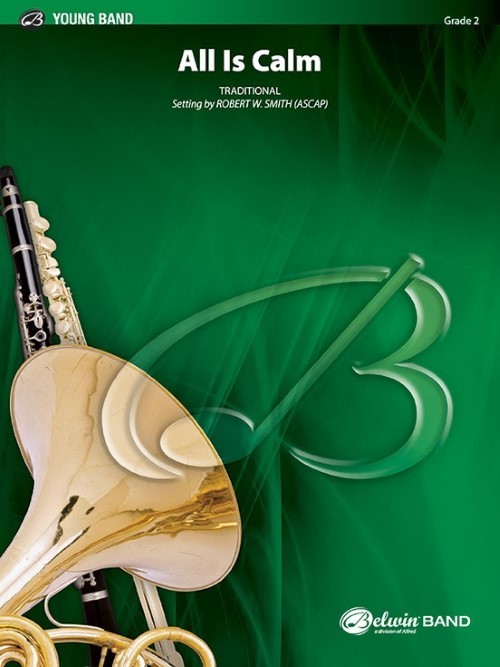 £61.95
£61.95All is Calm (Flexible Solo with Concert Band - Score and Parts) - Smith, Robert W.
Here's a moving holiday work based on "Silent Night." Incorporating his technique for providing a soloist experience for any member of the ensemble (or a combination of players), Robert W. Smith has staged a master work for young band. This very touching arrangement will be a Christmas classic you can use from year to year.Duration: 3:15
Estimated dispatch 7-14 working days
-
 £58.50
£58.50A Child Is Born (Concert Band - Score and Parts) - Del Borgo, Elliot
This energetic arrangement of the 15th-century English carol makes full use of the colours and sonorities of the concert band. The modal nature of the tune combined with contrapuntal textures, strong melodic lines and driving eighth-note rhythms will keep your entire band focused. An energetic holiday offering with plenty of sparkle and drive!Duration: 3.00
Estimated dispatch 7-14 working days
-
 £45.54
£45.54Joyful Is The Morning Sun (Concert Band - Score and Parts)
This exuberant and uplifting chorale by Matt Conaway will make bands of all ages sound fantastic. The melodies are simple and memorable, and the full, rich scoring will help even bands with reduced instrumentation sound warm and complete. An excellent addition to your next concert or festival program.
Estimated dispatch 7-14 working days
-
 £47.50
£47.50No One Is Alone (from Into the Woods) - Stephen Sondheim
From Stephen Sondheim's classic musical (and recent hit movie) this memorable ballad features a powerful message and beautiful melody. Nicely arranged here for young players with variety in scoring and modest technical demands.
Estimated dispatch 7-14 working days
